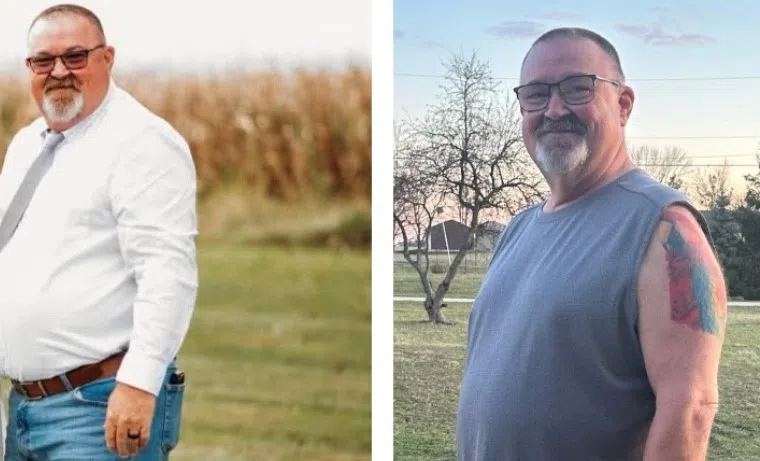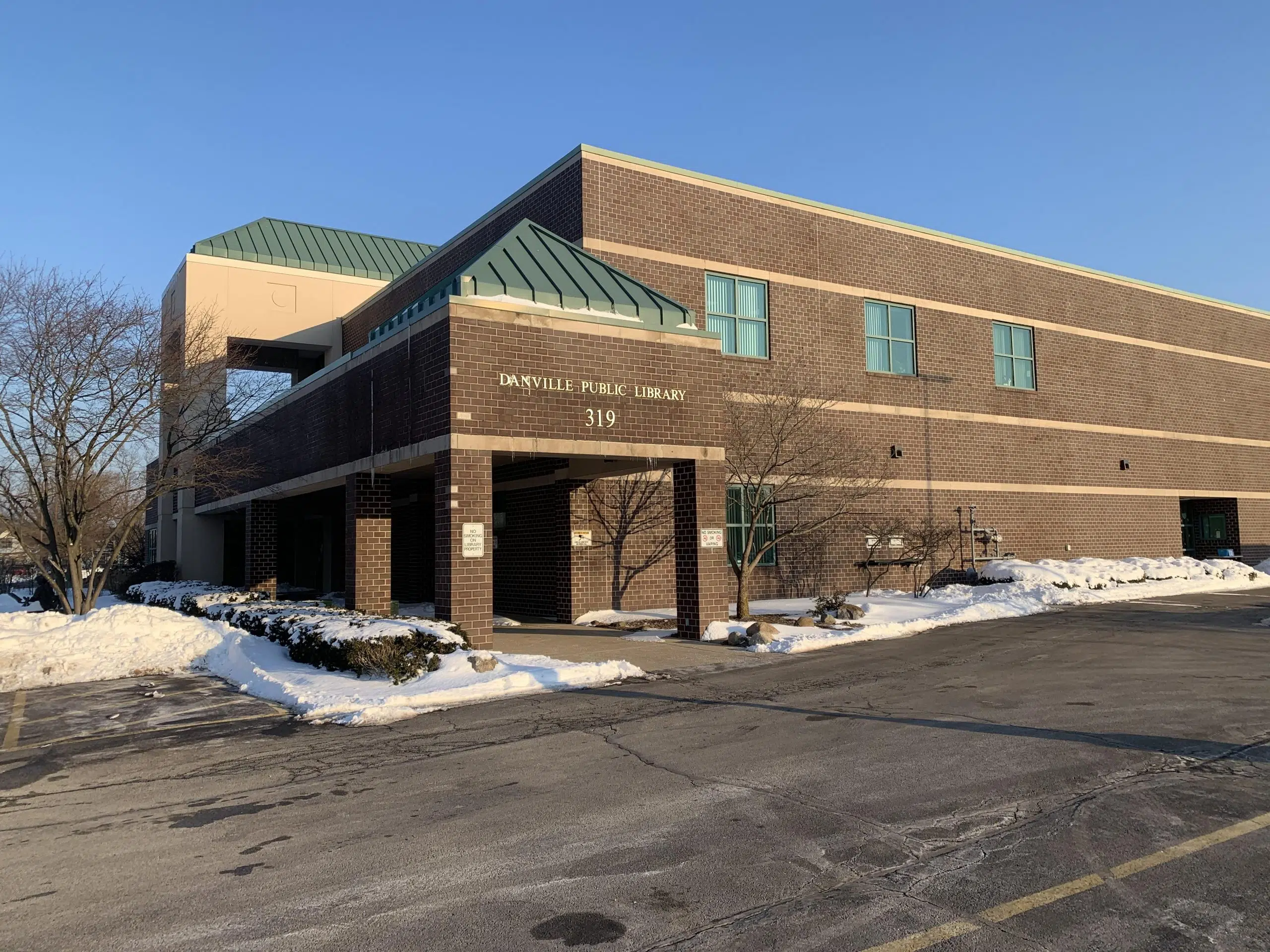THE FOLLOWING IS AN OSF RELEASE
One OSF Mission Partner saw his whole body change for the better in cardiac rehabilitation
Key takeaways:
- Cardiac rehabilitation is typically a part of recovery from a heart event.
- Cardiac rehab is not a weight loss program, but you can expect your body to change. Changes in weight and blood pressure are common.
- But if these changes are big, like a significant rise or fall in blood pressure, talk to your cardiologist.
You’ve probably heard the saying, “Treat your body like a temple.”
Bob Weaver admits he used to treat his like a tent.
The 62-year-old OSF HealthCare Mission Partner (employee) from Danville, Illinois, has had three heart stents to fix blockages. The most recent came in October 2024, something he dubbed a “last chance wake up call.”
And wake up he did.
During cardiac rehabilitation, Weaver lost 33 pounds, four inches off his waist and got his blood pressure and cholesterol back to a healthy level. Now, he and his care team are using the experience to educate others: how will your body change when recovering from a heart event? What’s normal, and what’s not?
Things to track in cardiac rehab
Tricia Herman is a registered nurse who was on the team who guided Weaver in cardiac rehab. She emphasizes that cardiac rehab isn’t a weight loss program. But, a slim down like Weaver had isn’t uncommon.
“Everybody’s different,” Herman says. “Some people come to cardiac rehab, and they don’t need to lose weight. Others may be really heavy, and we hope by the end they lose five to 10 pounds.”
Extreme weight loss, where someone looks very thin and sickly, would be a red flag though. Herman says that would likely mean there’s another health problem.
“Being in that state is not healthy for your heart and body,” Herman says.
Heart rate and blood pressure changes are expected during cardiac rehab, too.
“The top number in a blood pressure reading is your systolic blood pressure. That’s when your heart is beating. It’s the pressure up against the arteries. We want that at 90 to 120,” Herman explains. “The lower number is when your heart is resting. It’s called diastole or diastolic. We want that at 60 to 80.
“If we see elevated blood pressure, we’re going to talk with the person about their salt intake, their diet overall and their exercise,” Herman adds. “If we continually see the blood pressure going higher, we’re going to communicate with the doctor. The doctor may need to add medication. And we want to make sure the person is compliant with the medication.”
If a person’s blood pressure is low, Herman says the care team will ask, among other things, if they’re drinking enough water and if they took too much of their blood pressure medication. Or, Herman says, the person might need to go off their medication.
Bob’s outlook
Weaver jokes that his diet consists of a lot of chicken and vegetables these days. But he’ll take it if it means a new lease on life.
“I sleep better. I can do activities longer before I get winded. Things like yard work or just walking. Minimal things you’d think anybody could do. But after a while, I got winded. Now it’s a lot easier to do it longer and faster,” Weaver says.
“You think about your family. You want to be around more than 62 years,” he adds. “I went to the gym on a lot of days right after work. They weren’t necessarily the same days I had rehab. So I was able to double up the workouts.”
He’s telling others to stick with their recovery plan, research your family history and know the symptoms of a heart event. For Weaver, that was a father who had heart disease, coupled with his own chest pain and weakness back in October.
“Just keep at it. If I can do it, anybody can do it,” he says.
Learn more
Read more about keeping your heart healthy on the OSF HealthCare website.
https://newsroom.osfhealthcare.org/restoring-not-just-your-heart/












